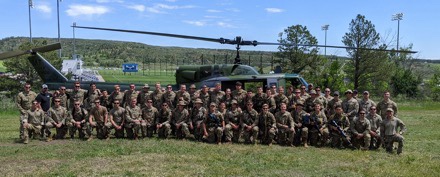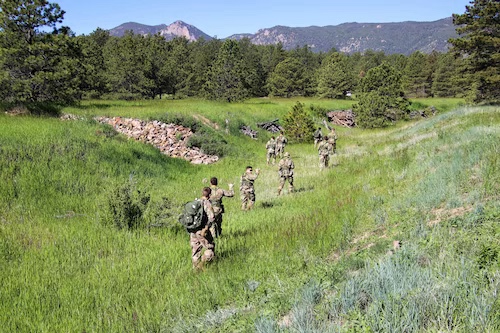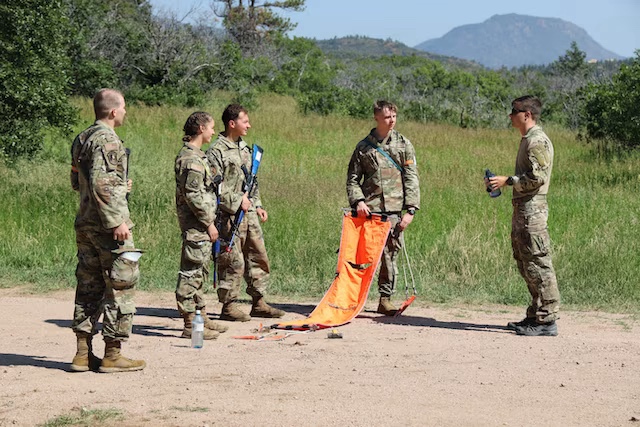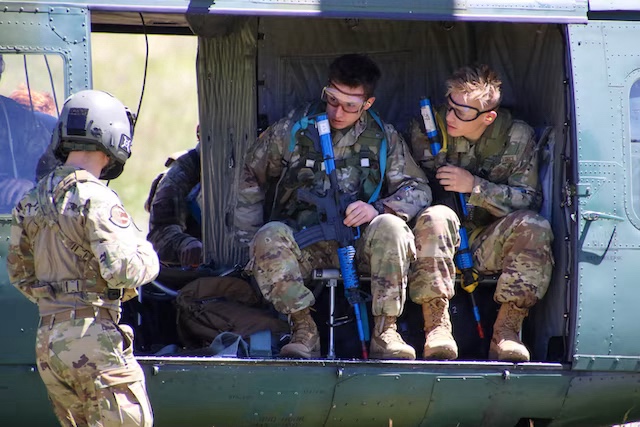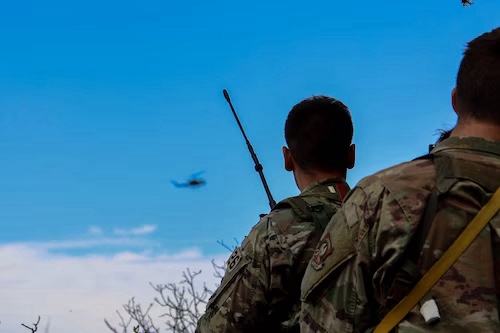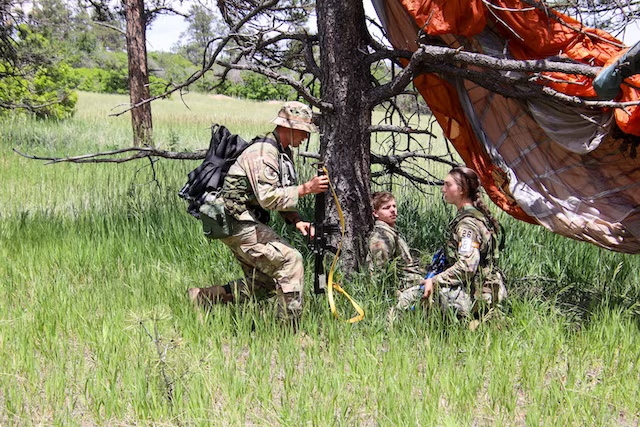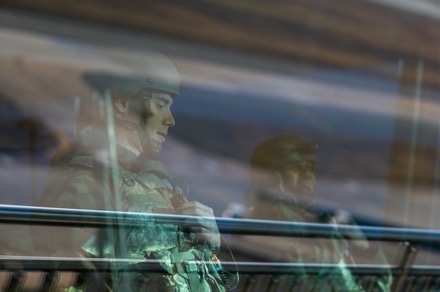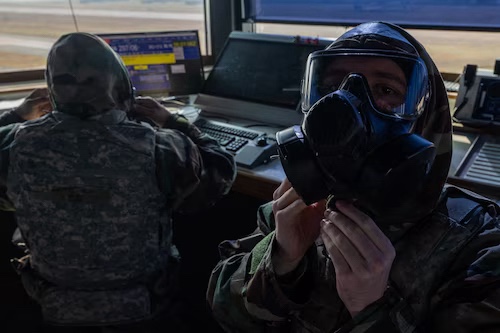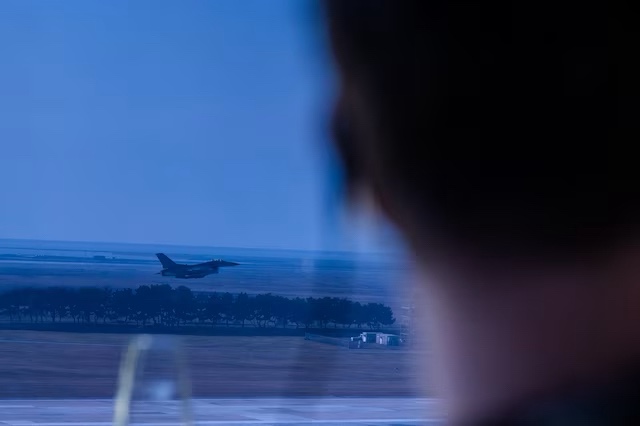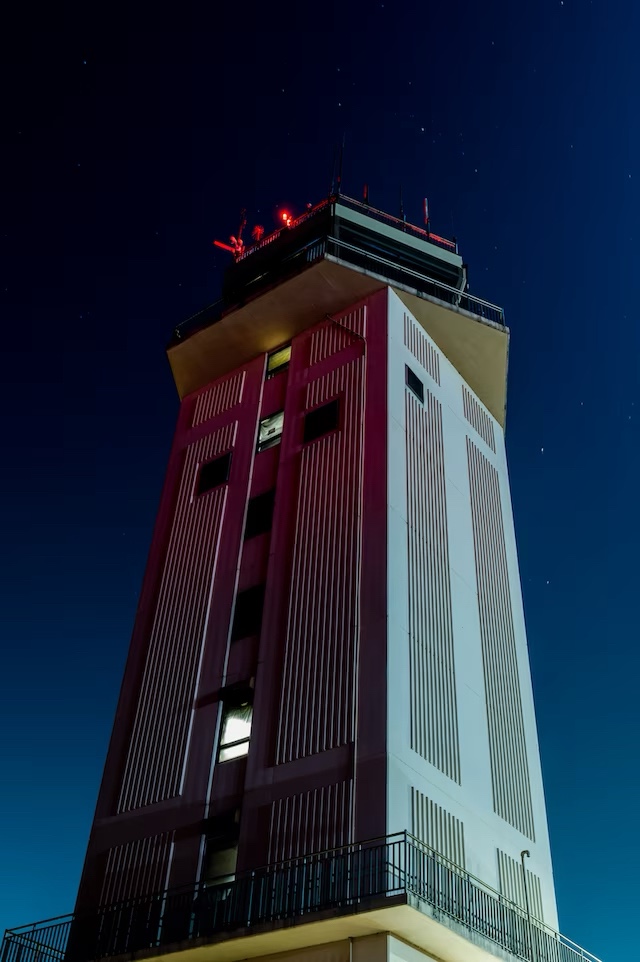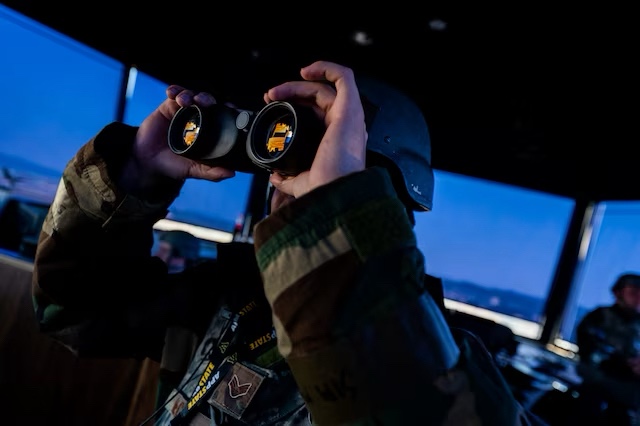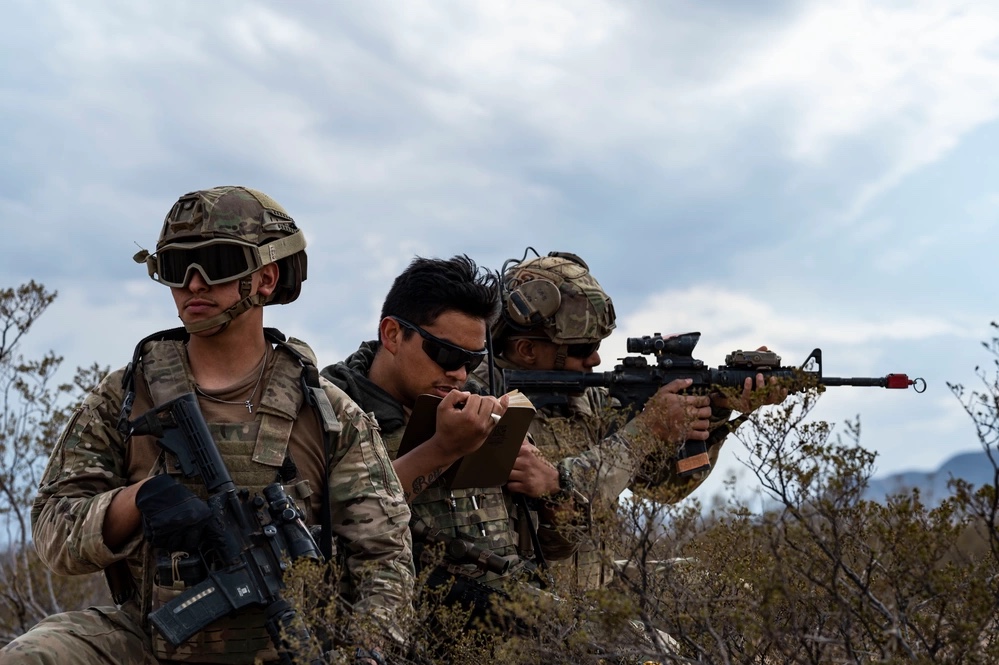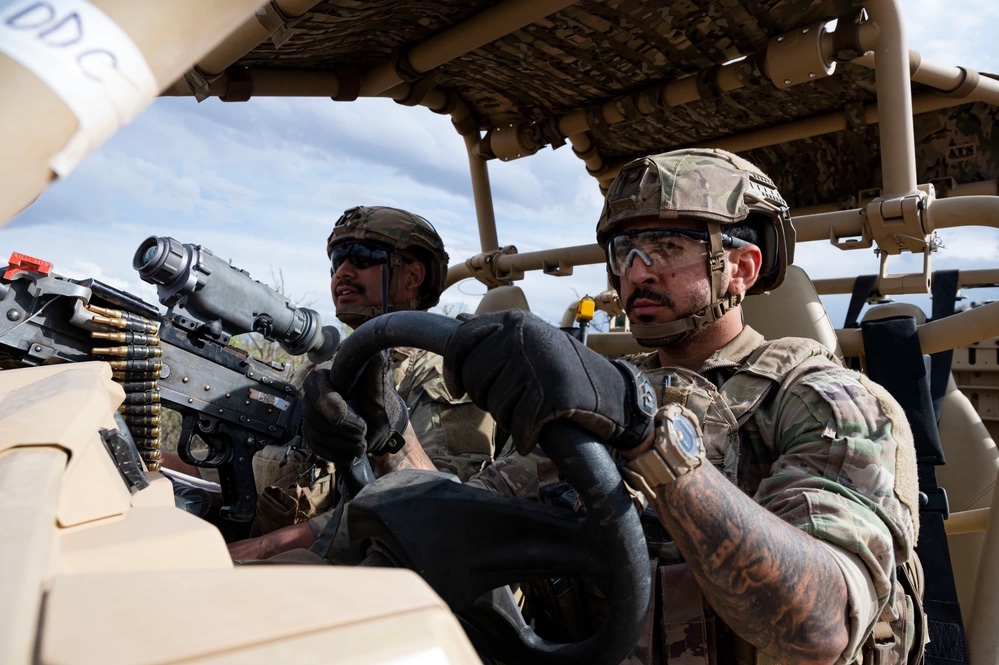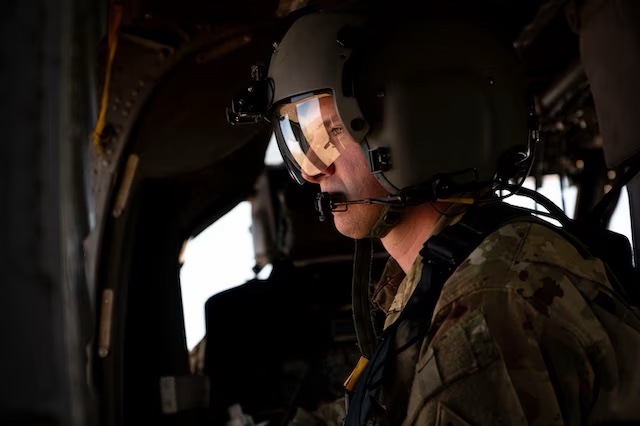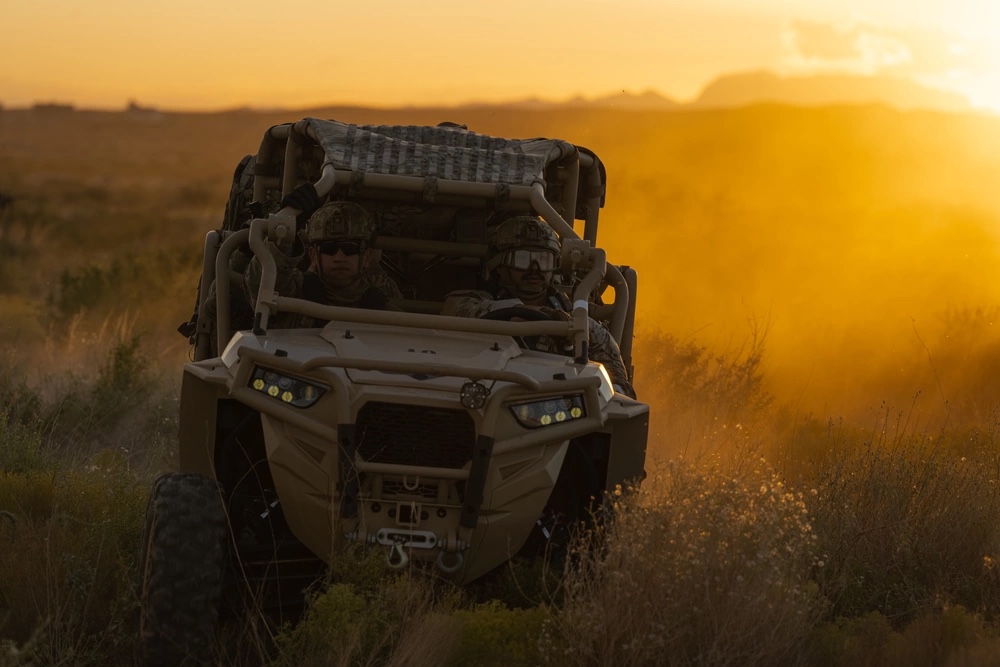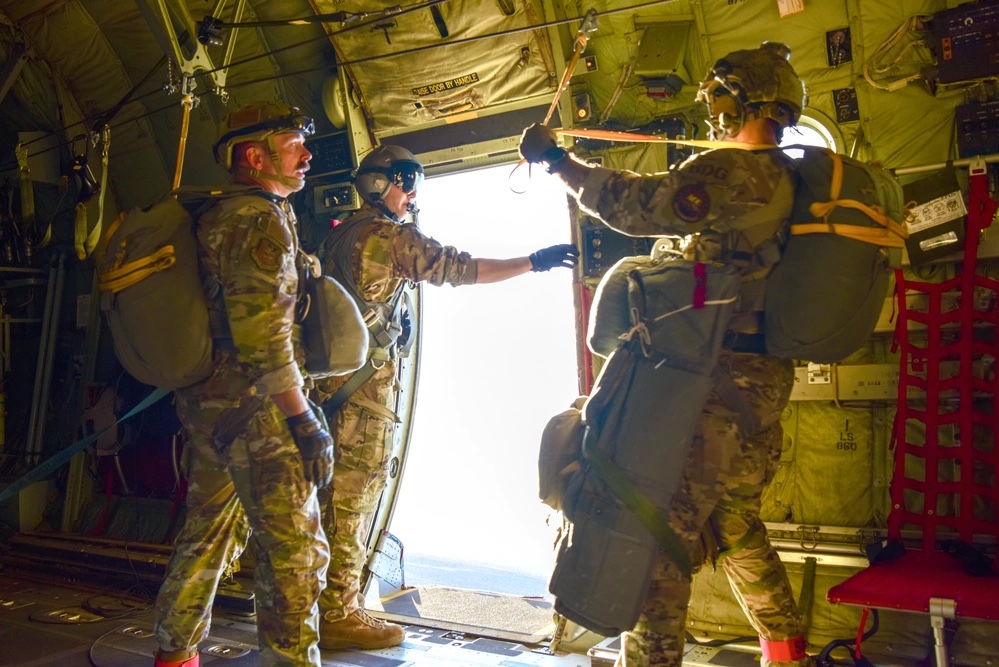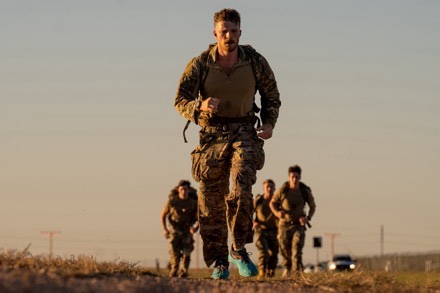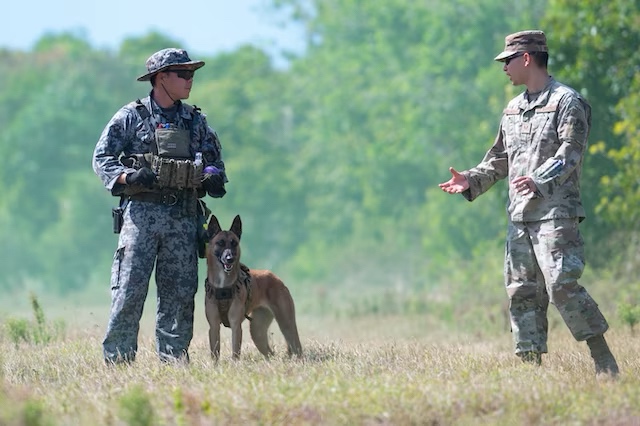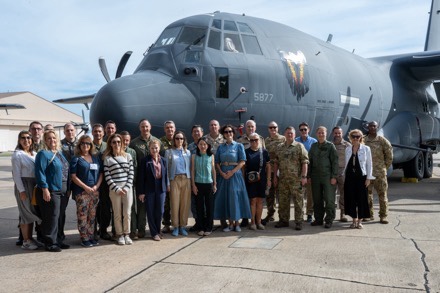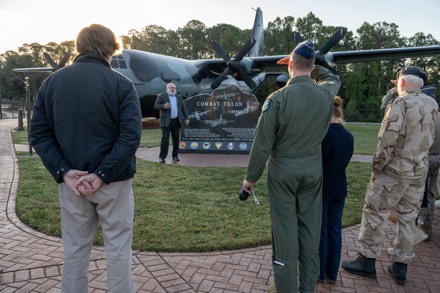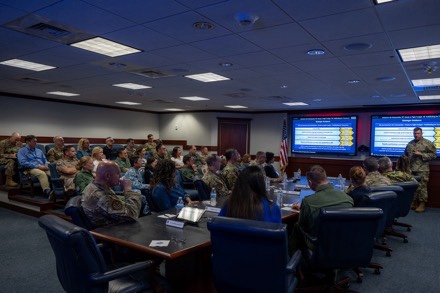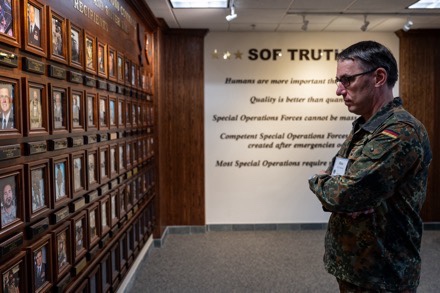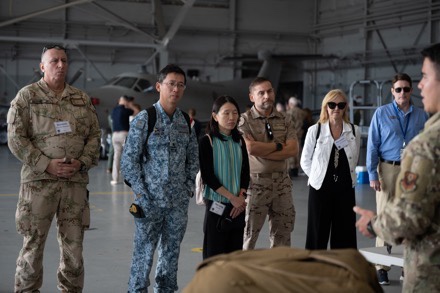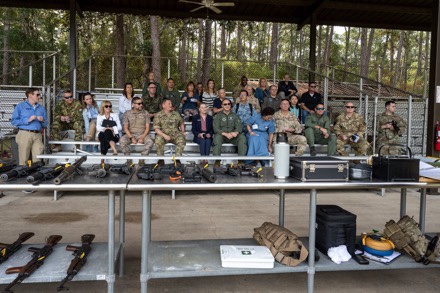By Senior Airman Courtney Sebastianelli
23rd Wing Public Affairs
MOODY AIR FORCE BASE, Ga. (AFNS) —
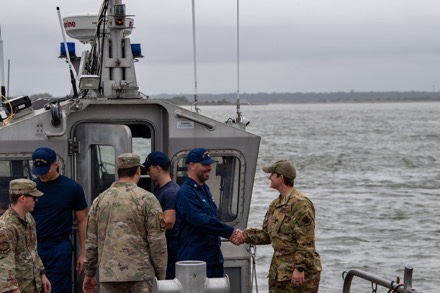
The 347th Operations Support Squadron at Moody Air Force Base partnered with U.S. Coast Guard Station Mayport, Florida, Nov. 17, for a simulated water rescue of a downed pilot during exercise Mosaic Tiger 24-1.

Bad weather off the coast of Jacksonville and Saint Johns River stopped the actual exercise rescue from happening, but the relationship built during the planning process will help future joint operations between the two services.
“As we train, we can’t be singular in our approach,” said Air Force Tech. Sgt. Michael Mendes, 347th OSS group weapons and tactics load master. “We have to work together to seamlessly merge, and since our HH-60Ws [Jolly Green II] don’t get maritime training as often, it was a valuable experience for our Airmen to integrate with another branch.
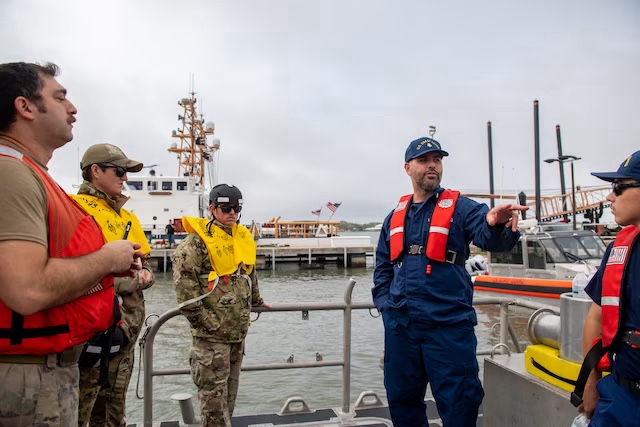
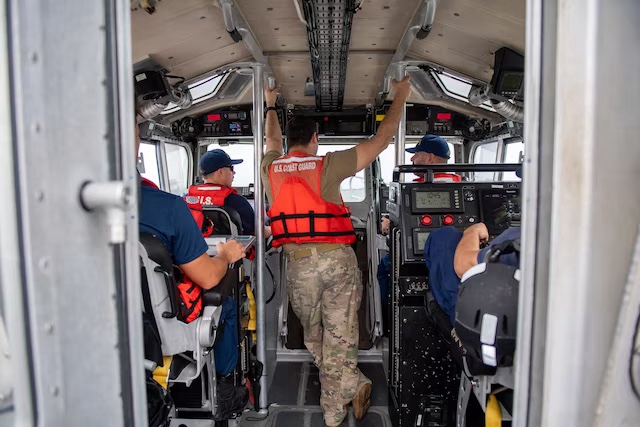
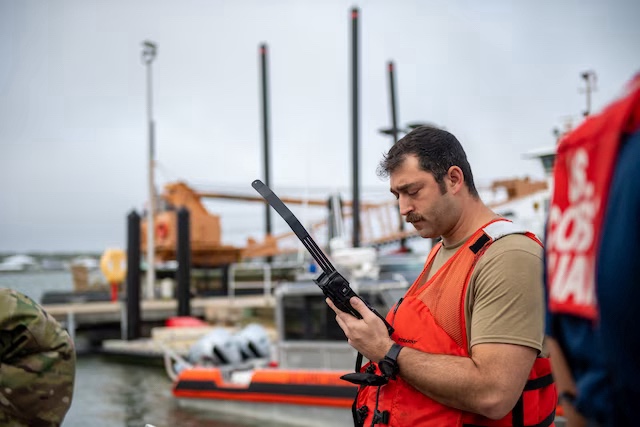
Training with the Coast Guard allowed us to test and improve our proficiency in how we communicate and respond to maritime rescues.”
Moody AFB rescue Airmen used the Mosaic Tiger readiness exercise as a way to get ready for future real-world deployment cycles. During the week, they worked with three different Coast Guard Stations: Mayport, St. Petersburg and Cape Canaveral each provided safety boats, simulated hoist operations and the personnel in the water.
When life or death is at stake, especially for an over-water rescue, understanding joint team concepts ensures service members at every level can seamlessly integrate to move quickly and efficiently. Joint commanders can then leverage the unique capabilities of each branch to choose the right rescue package and save lives.
According to the Air Force guide titled The Joint Team, or the Purple Book, joint integration requires effective coordination among the military branches. The guide outlines how U.S. forces are required by national command authorities to respond on short notice to unpredictable crises in a joint force capacity.
Despite weather interference, the Air Force and Coast Guard were able to train for just that purpose.

“This training opportunity benefits both sides by giving our respective crews new encounters with environments and capabilities,” said Coast Guard Petty Officer 1st Class Tim Mathis, USCG STA Mayport unit supervisor. “Complacency can be the divider between failure and success, and exposing search-and-rescue resources to fresh scenarios deepens the well to draw from when the call comes in real time.”
The search-and-rescue community is a tight-knit group of professionals, regardless of their branch of service. During the remainder of the day, Airmen and Coast Guardsmen worked to establish effective communication practices and demonstrate joint team integration when faced with real-time situations.
Mendes said mission success depends on how well integrated forces can merge to streamline communication and overcome differences in execution methods. There is overlap between the Air Force’s search and rescue mission and the Coast Guard’s commitment to ensuring maritime safety—both of which came together to produce an effective outcome during a rescue need.
“We benefit from working with the Air Force by working through a different set of scenarios that we may not usually see or expect,” Mathis said. “This promotes real-time risk assessment and evaluation that is essential to growing as first responders. The opportunity to develop a universal standard or response cannot be understated as more resources are available to respond in any given situation.”


